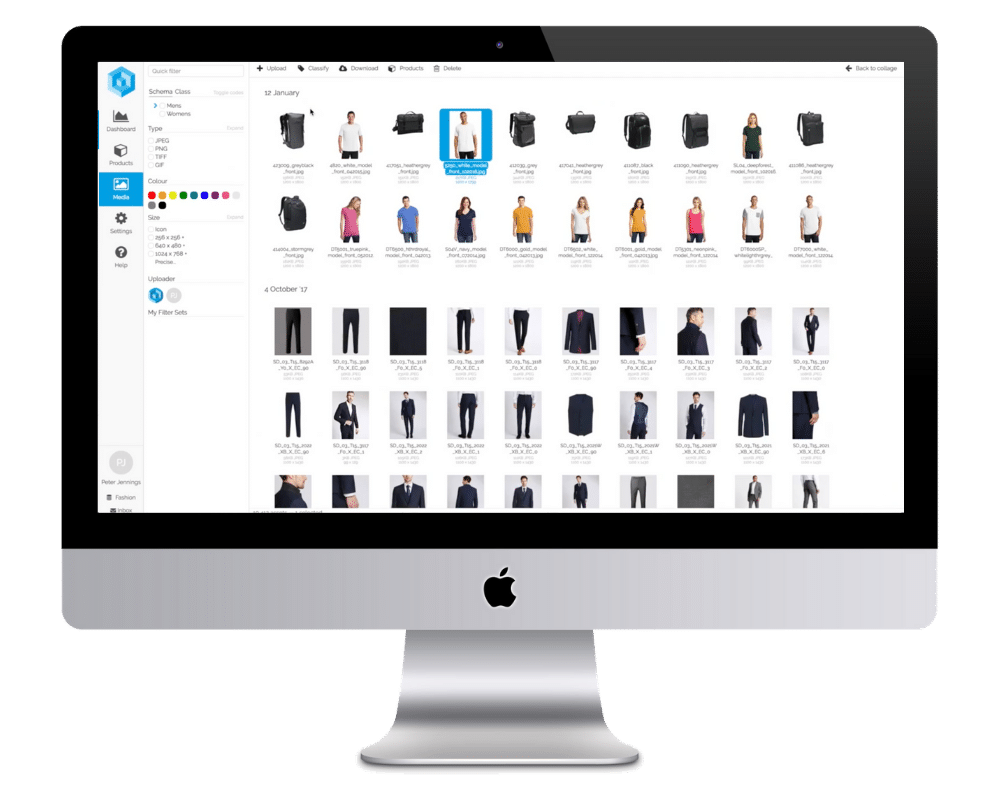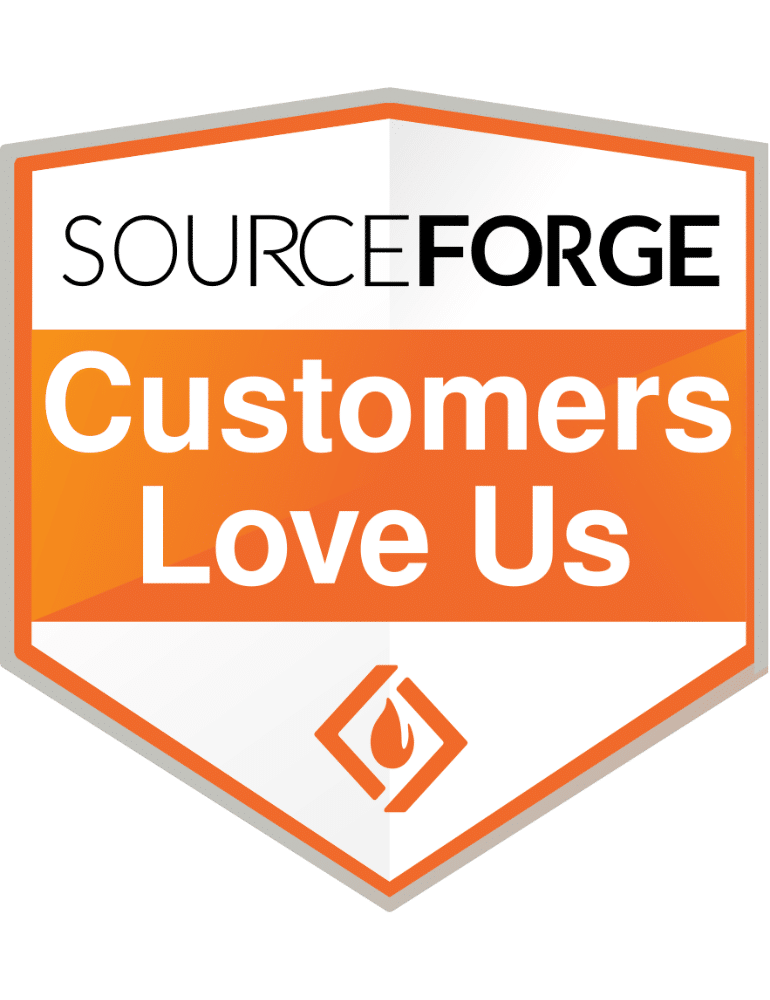Key Takeaways:
-
Product catalog generators automate how brands create and update catalogs for eCommerce, print, and marketplaces.
-
They reduce manual errors and speed up time-to-market by integrating with Product Information Management (PIM) systems.
-
Leading tools like Pimberly, Catalog Machine, and Flipsnack use AI and automation to create personalized, omnichannel catalogs.
What Is a Product Catalog Generator?
A product catalog generator is a software tool that automatically compiles, formats, and publishes product data and media into organized catalogs. Basically, these catalogs can be digital, PDF, or printed — often tailored to specific audiences or channels.

Modern catalog generators pull data from central repositories such as PIM, ERP, or DAM systems to ensure every SKU has accurate descriptions, pricing, and visuals. Therefore, with automation and templates, brands can easily update seasonal collections, regional price lists, or retailer-specific assortments in just a few clicks.
Use Cases
-
B2B manufacturers generating line sheets for distributors.
-
Retailers updating seasonal catalogs for eCommerce and print.
-
Brands personalizing product assortments by region, language, or retailer.
-
Marketing teams creating design-ready catalogs without relying on designers or IT teams.
Why Product Catalog Generators Matter for eCommerce Teams
In eCommerce, shoppers expect detailed, accurate product information before purchasing. However, manually maintaining this data across channels creates friction — especially when SKUs, assets, and pricing constantly evolve.
Challenge #1: Managing Product Data at Scale
As brands expand, product information often lives in disconnected systems — ERP, spreadsheets, design software, and cloud storage. This fragmentation creates inconsistencies and delays when launching new catalogs or updating existing ones.

Solution: Automation via Catalog Generation
Automated catalog generation solves this by integrating with a PIM or DAM system, pulling live product data into ready-to-publish templates. Consequently, teams no longer need to manually copy and paste data into InDesign or spreadsheets. Instead, they can select a template, apply filters (like product category or region), and generate a complete catalog instantly.
With tools like Pimberly, this process becomes even more powerful. Markedly, you can dynamically populate product information across PDFs, digital flipbooks, and eCommerce storefronts — all from a single source of truth.
Top 10 Product Catalog Generators in 2025
Below are ten top-rated catalog generation tools that help businesses create, automate, and publish product catalogs with ease.
1. Pimberly

Best for: Manufacturers, distributors, and retailers managing large product ranges.
Pimberly’s cloud-native PIM and DAM platform automates catalog generation across digital and print channels. With CopyAI, ImageAI, and Pimbles, users can create rich product pages and catalogs instantly. It also supports localization, channel-specific exports, and integration with ERP or eCommerce platforms like BigCommerce and Salesforce Commerce Cloud.
Key benefits:
-
AI-powered data enrichment for accurate product details.
-
Dynamic filtering for category- or region-specific catalogs.
-
Automatic updates when product data changes in PIM.
2. Flipsnack
Best for: Marketing teams creating interactive digital catalogs.
Flipsnack transforms PDFs into interactive, shoppable catalogs with embedded links and videos. Basically, it’s ideal for B2C retailers that want to showcase digital lookbooks or seasonal collections.
3. PandaSuite
Best for: Interactive digital catalogs and brochures with a no-code creation experience.
4. Catalog Machine
Best for: Small businesses needing flexibility and affordability.
This platform enables users to import product data from spreadsheets or Shopify and create customizable PDFs or online catalogs.
5. Publitas
Best for: Retailers digitizing print catalogs for eCommerce. Publitas turns PDF catalogs into mobile-friendly shopping experiences with analytics and eCommerce integrations, making it easy to track engagement and conversions.
6. Canva for Teams
Best for: Marketing and creative teams collaborating on branded catalogs. While not a dedicated catalog generator, Canva’s templates and automation tools make it easy to design and publish branded product catalogs quickly.
7. FlippingBook
Best for: B2B and B2C digital catalogs with embedded video and animation. FlippingBook converts PDFs into interactive catalogs and integrates with CRM systems to personalize experiences.
8. CatBase
Best for: Print and digital catalogs with complex product data. CatBase automates publishing directly into Adobe InDesign, offering data-driven layouts and cross-referencing for print-ready catalogs.
9. DCatalog
Best for: Businesses looking for enterprise-level catalog automation. DCatalog supports secure B2B distribution, product search, and personalization, making it ideal for large product databases.
10. Pepperi
Best for: B2B eCommerce catalog management. Pepperi allows field sales teams to present dynamic, interactive catalogs on tablets and sync data with ERP systems.
Benefits of Using Product Catalog Generators
Faster Time-to-Market

Automating catalog creation means brands can launch new collections or update pricing in minutes, not days. This agility helps retailers stay competitive and respond to market shifts or promotions faster.
Brand Consistency Across Channels
Catalog generators ensure consistent design, product descriptions, and pricing across every channel — print, digital, and marketplace listings.
Reduced Human Error
Since product data flows directly from a PIM or ERP, there’s less risk of typos, outdated pricing, or missing assets.
Personalized and Localized Catalogs
Brands can generate localized catalogs tailored to specific markets or customer segments. Automation supports multiple currencies, languages, and branding versions without duplicating work.
Product Catalog Generators and PIM – Why Product Information Matters
The power of catalog generation lies in the quality of the product data behind it. A Product Information Management (PIM) system like Pimberly centralizes every SKU, image, and spec into a single repository.
When connected to a product catalog generator, PIM data automatically populates catalog templates, ensuring that every page, price, and product detail is up to date. This eliminates redundant workflows and guarantees brand consistency across global teams and marketplaces.
For example, a distributor can use Pimberly’s API to automatically push product data into regional catalog templates, while marketing teams can generate print-ready PDFs without manual re-entry.
FAQs
Q: Can product catalog generators integrate with my existing eCommerce or ERP systems?
A: Yes. Most enterprise-grade tools like Pimberly and DCatalog integrate directly with ERP, CRM, and eCommerce platforms. This ensures real-time data synchronization for pricing, stock, and product attributes.
Q: How do automated catalogs improve ROI?
A: By reducing manual design and data entry time, catalog generators cut labor costs and minimize errors that lead to returns or compliance issues. They also improve sales velocity by ensuring customers always see accurate, up-to-date product data.
Q: Can I still design my catalogs manually?
A: Absolutely. Most catalog generators offer customizable templates that marketing teams can adjust while keeping data automation intact.
Q: What types of businesses benefit most from catalog generation?
A: Manufacturers, wholesalers, and retailers with large, frequently changing product lines see the biggest ROI, especially when catalogs must be updated seasonally or across multiple regions.
Takeaways for eCommerce Managers Exploring Product Catalog Generators
To summarize, product catalog generators are becoming essential for any business managing hundreds or thousands of SKUs. They eliminate repetitive tasks, reduce catalog production costs, and ensure consistent brand presentation.
When paired with a robust PIM system like Pimberly, brands can automate catalog creation from a single source of truth — keeping every product detail accurate across every touchpoint.
As eCommerce becomes increasingly omnichannel and AI driven, investing in automated catalog generation is one of the fastest ways to scale content operations and boost digital shelf performance.













